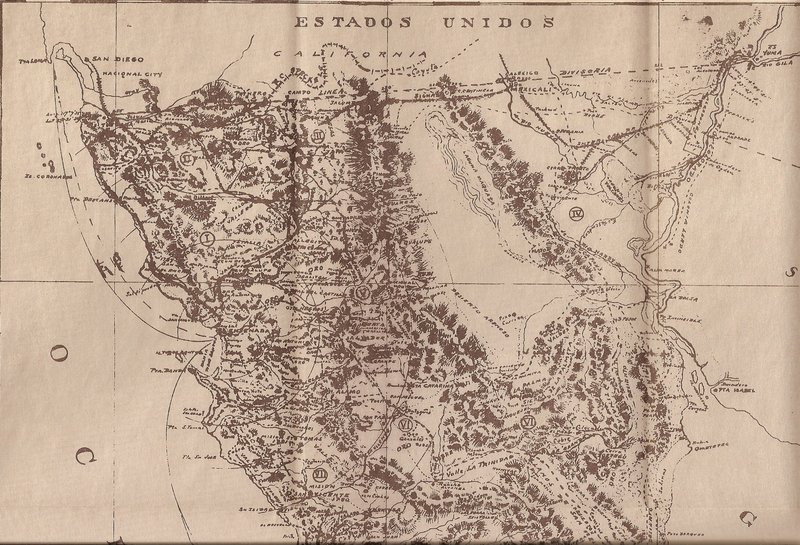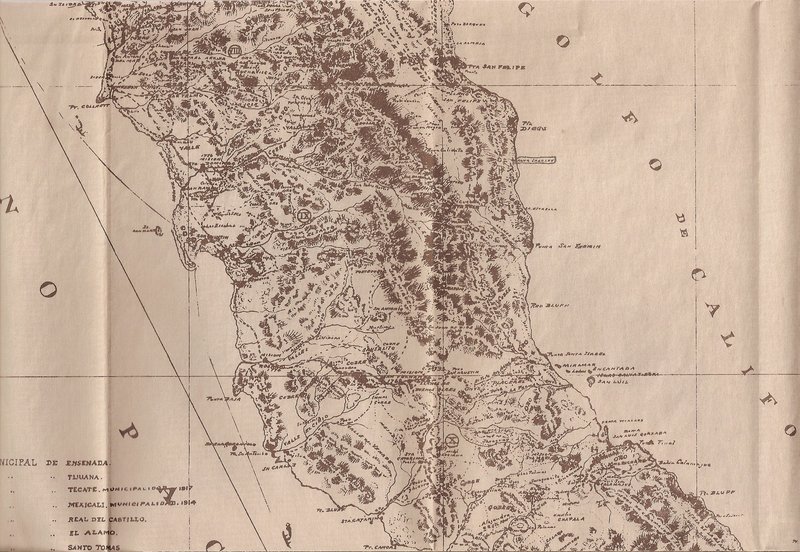






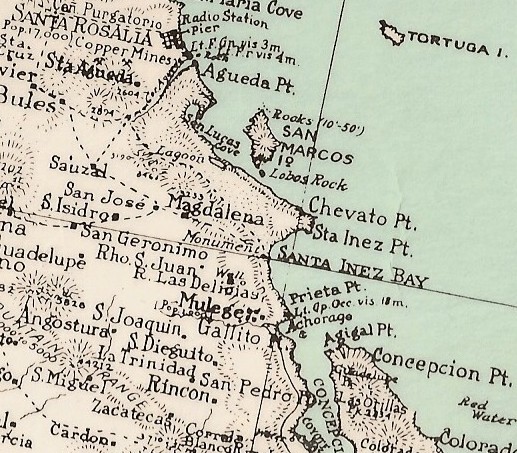
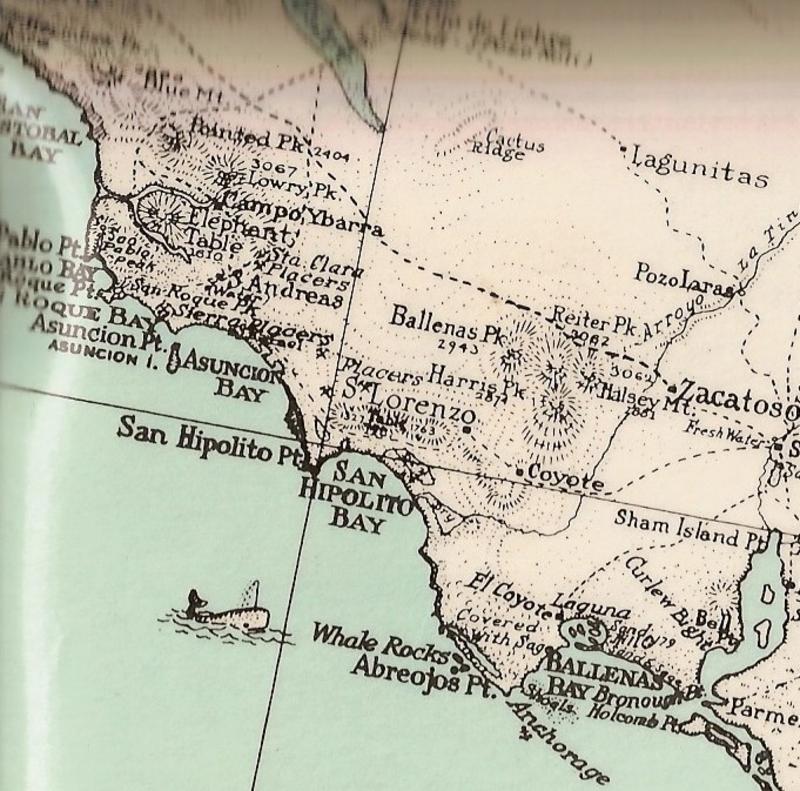
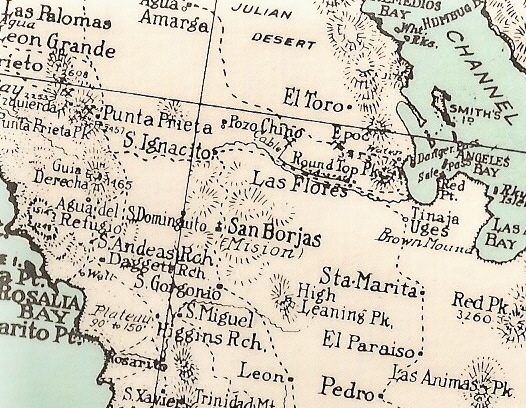
Quote: Originally posted by 4x4abc  |
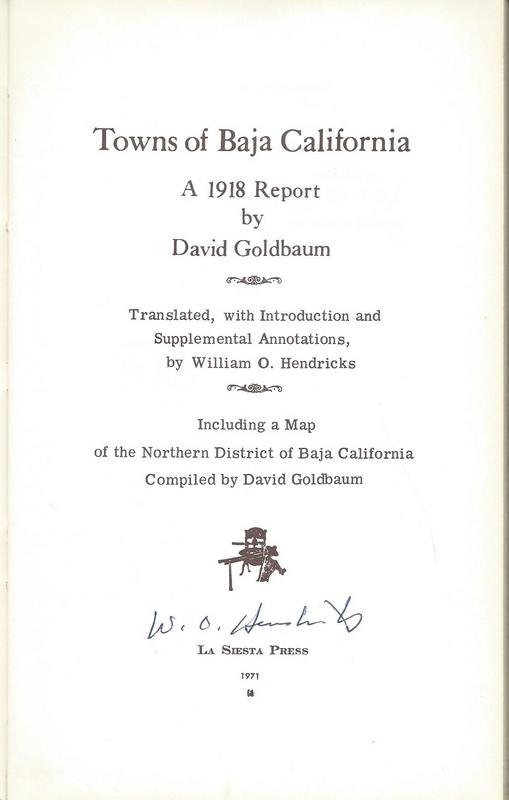

Quote: Originally posted by bajaric  |

Quote: Originally posted by bajaric  |
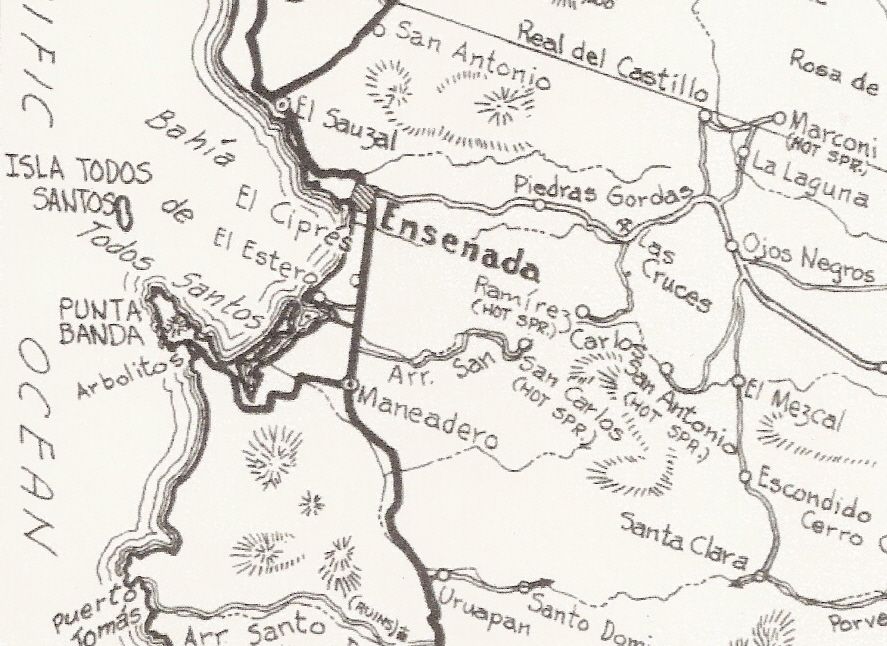
Quote: Originally posted by 4x4abc  |
Quote: Originally posted by bajaric  |
Quote: Originally posted by Juan N.  |
Quote: Originally posted by bajaric  |
Quote: Originally posted by 4x4abc  |
Quote: Originally posted by 4x4abc  |
